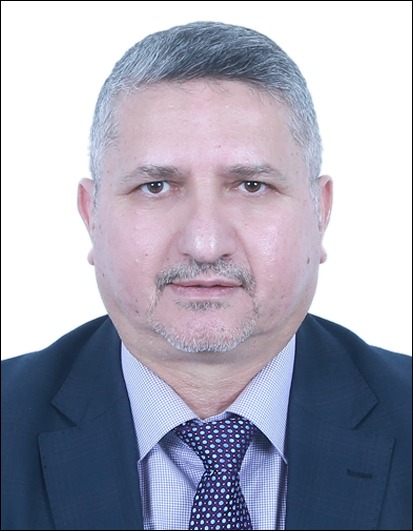PHCC Is Committed to Highest Occupational Standards

Employees across various industries worldwide are constantly exposed to occupational risks, resulting in around 3 million workers annually experiencing short-term work-related injuries as well as long-term occupation illnesses. This indicates a flaw in the occupational health and safety system, emphasizing the need to implement measures to prevent and mitigate these occupational risks.
Every year on April 28, the world celebrates the World Day for Health and Safety at Work, to remember the importance of adhering to occupational health and safety legislations and protocols as well as raising awareness of the importance of having an approach for health and safety management in workplaces, as the International Labor Organization (ILO) has emphasized the necessity of having a safe working environment for workers as mandatory requirement across all industries worldwide.
In this connection, Eng. Samer Rasheed Malkawi, Head of Workplace Safety at the Primary Health Care Corporation (PHCC), highlighted that in light of the continuous evolving of sites and activities in various industries, including the health industry, such as the use of diverse range of equipment and devices, and the use of multiple materials in the workplace, this combination increases the probability of occupational risks and diseases. Consequently, the external environment affects the working industries through what is known as Climate Change which refers to long-term natural changer and human-induced changes of ambient climate conditions such as natural heat resulting from the sun and changes of the weather patterns and conditions due to increased air-polluted economic activities caused by factories and companies as well as the use of unsafe energy, etc. This leads to disruptions in weather factors and thus direct and indirect effects on industries with regard to occupational health and safety. Internal activities also impact by increasing the risk likelihood and severity in the short and long term. Based on this, the International Labor Office in Geneva, Switzerland issued in 2022 a report titled “Ensuring Safety and Health at Work in Changing Climate”.
As a primary healthcare organization operating under Qatar’s health sector and providing health care services to patients, citizens and residents at different locations, PHCC through the Occupational Health and Safety Department, in collaboration with all department and health centers, delivers technical and administrative support to maintain a work place free from occupational hazards, reduce work injuries and minimize occupational diseases at administrative and technical work sites across departments and health centers. In addition, PHCC addresses climate change by implementing environmental procedures to reduce environmental pollutants while simultaneously promoting sustainability for environmental elements such as water, air, use of materials, waste management and more. These efforts positively impact the delivery of primary healthcare services to patients in a comfortable work environment free from risks and occupational hazards.
“Main Objectives”
The Primary Health Care Corporation’s (PHCC) main objectives for occupational health and safety, and environmental conservation are:
Protecting PHCC employees from occupational risks in the workplace and ensuring a risk-free environment, in addition to safeguarding partners, patients and health center visitors form any potential risk that may affect them. This also includes protecting and reducing loss and damage to the equipment and devices, minimizing environmental pollutants affecting air and water, reducing waste, achieving environmental sustainability for the use of materials and buildings and embracing the culture of safety and environment concept among all employees.
“PHCC Achievements”
To build-on previous achievements, many projects, procedures, and developmental operations have been implemented this year to ensure compliance with occupational safety, health, and environmental protocols, as well as meeting global requirements for best international practices in the field of occupational health safety, and environment. PHCC has achieved numerous accomplishments in this context, including:
Continuing to educate and train new joiners and employees at various sites on topics related to occupational health and safety, especially in emergencies, the environment, workplace safety, environmental harmony, and more. Additionally, a system for occupational safety and health inspection has been developed, with regular inspections conducted on PHCC activities and sites across departments and health centers to identify safety, health, and environmental needs and take necessary actions to address them.
Improving and developing response systems to manage occupational and environmental risks, such as fire hazards, violence, chemical spills, and more. In addition, work permits for corporate projects continue to be processed, and a new system for this purpose is being developed. PHCC is also enhancing and maintaining a work-environment risk control system for air, noise, water, and others.
Implementing technical and administrative solutions to reduce occupational hazards and environmental pollutants through effective and continuous safety and environmental programs coordinated with various relevant departments (engineering and administrative procedures).
Therefore, through the current and future corporate strategies, PHCC always sets strategic goals that consider local, regional, and global changes in occupational safety, health, and the environment. Qatar legislation on safety and environment emphasizes the need for all entities to protect employees and the environment. Accordingly, the environmental health and safety policy approved by PHCC's senior management states the provision of a safe work environment free from hazards for all the corporation’s members and the preservation of environmental elements from pollution. Through Occupational Health and Safety Department, PHCC sets many future plans and programs to ensure the delivery of primary healthcare services in a comfortable work environment.